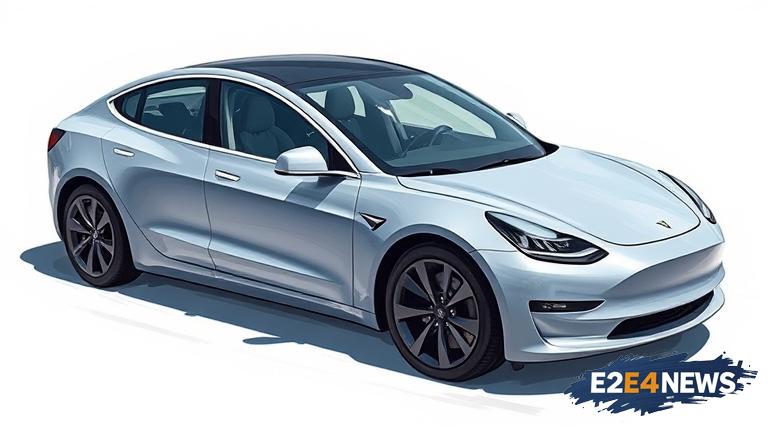The Tesla Model 3, one of the most popular electric vehicles on the market, has been found to depreciate rapidly after three years. According to recent studies, the Model 3 can lose up to 50% of its value within this timeframe. This depreciation rate is significantly higher than that of other luxury vehicles in the same class. The main reason for this rapid depreciation is the high demand for new Tesla models, which has led to a surplus of used vehicles on the market. Additionally, the constant updates and improvements to Tesla’s software and technology have made older models seem less desirable. The Tesla Model 3 was first introduced in 2017 and has since become one of the best-selling electric vehicles in the world. However, the used car market has become flooded with Model 3s, causing prices to drop dramatically. Some models, such as the base model, have been found to depreciate by as much as 60% after three years. This is in contrast to other luxury vehicles, such as the BMW 3 Series, which typically retain around 50% of their value after three years. The rapid depreciation of the Tesla Model 3 has significant implications for both buyers and sellers. For buyers, it means that they can potentially purchase a used Model 3 at a significantly lower price than the original sticker price. For sellers, it means that they may not be able to recoup the full value of their vehicle when they decide to sell. The depreciation rate of the Tesla Model 3 also varies depending on the location and condition of the vehicle. For example, a Model 3 in excellent condition and located in a desirable area may retain more of its value than a similar vehicle in poor condition and located in a less desirable area. Furthermore, the depreciation rate of the Tesla Model 3 is also affected by the availability of incentives and tax credits for electric vehicles. In some countries, the government offers significant incentives for buyers of electric vehicles, which can help to reduce the depreciation rate. However, these incentives are subject to change and may not always be available. Overall, the rapid depreciation of the Tesla Model 3 is a complex issue that is influenced by a variety of factors. While it may be beneficial for buyers, it can be detrimental to sellers who are looking to recoup the full value of their vehicle. As the electric vehicle market continues to evolve, it will be interesting to see how the depreciation rate of the Tesla Model 3 changes over time.
